Lesser Long-nosed bats, native to the Western U.S., drink nectar, a sugary liquid produced by most flowers to lure pollinators. While drinking nectar and eating fruit, these bats carry the pollen needed for plant seed production from flower to flower on their bodies and drop seeds in their excrement (called guano) after eating fruits. Bat guano is a very nutrient-rich natural fertilizer, so the seeds that come with it sprout and grow wherever they land!
Lesser Long-nosed bats pollinate over 700 species of plants. This and other nectar-feeding bat species are essential to the pollination of at least 80 plant species used to make human medications. You’ve probably heard the expression “no pollinators, no food,” but what about “no pollinators, no medicine?!”
While the Eastern U.S. doesn’t have a native nectaring bat species, our most common species of Big Brown Bat plays another vital role in the ecosystem and helping our food crops grow with large-scale insect control. Big Browns save U.S. farmers over $1 billion per year with their free pest control services and spare the environment from the harsh chemical insecticides that might otherwise be used in their place. They can eat upwards of 1,200 mosquitos and agricultural pests like cornworms every hour!
In 2023, 105 Big Brown Bats – along with 5 Red Bats, 2 Silver-haired Bats, and 2 federally endangered Tricolored Bats – were admitted to HARP’s Wildlife Rehabilitation Center!
Did you know hummingbirds aren’t the only birds attracted to the sweet nectar of flowers and sugar water feeders? Orioles – Baltimore and Orchard are the common species in our area each summer – enjoy sweet fruits like oranges and berries, but also enjoy nectaring from spring flowers in the U.S. and tropical flowers in the forests of their fall and winter South American habitats. Even mockingbirds, grosbeaks, and finches are occasional pollinators when they reach for a flower’s sweet treat! The scientific term for this type of pollination by birds is “Ornithophily.” Unlike the graceful hummingbirds with long beaks and tube-like tongues, these other bird pollinators with short beaks make pollination a bit messier with pollen stuck to their heads and faces, but the successful plant reproduction is the same beautiful result!
In 2023, 3 Ruby-throated Hummingbirds, 3 Baltimore Orioles, 2 Northern Mockingbirds, 1 Evening Grosbeak, 1 Rose-breasted Grosbeak, and 104 various finch species were cared for at HARP’s Wildlife Rehabilitation Center!
What can you do to help these and other pollinators reach their “full bloom?”
- Install bat boxes in appropriate locations on your property for safe places for them to roost and seek shelter.
- Plant the native plants with flowers pollinators love! Hummingbirds enjoy Bee Balm, Coral or Trumpet Honeysuckle, Red Cardinal flower, Columbine, and Red Buckeye. For other nectaring birds, try blooming shrubs and trees like Viburnum, Eastern Redbud, Catalpa, Native Crab Apple, and Serviceberry. Native Plant Nursery at Beechwood | Audubon Society of Western PA (aswp.org)


